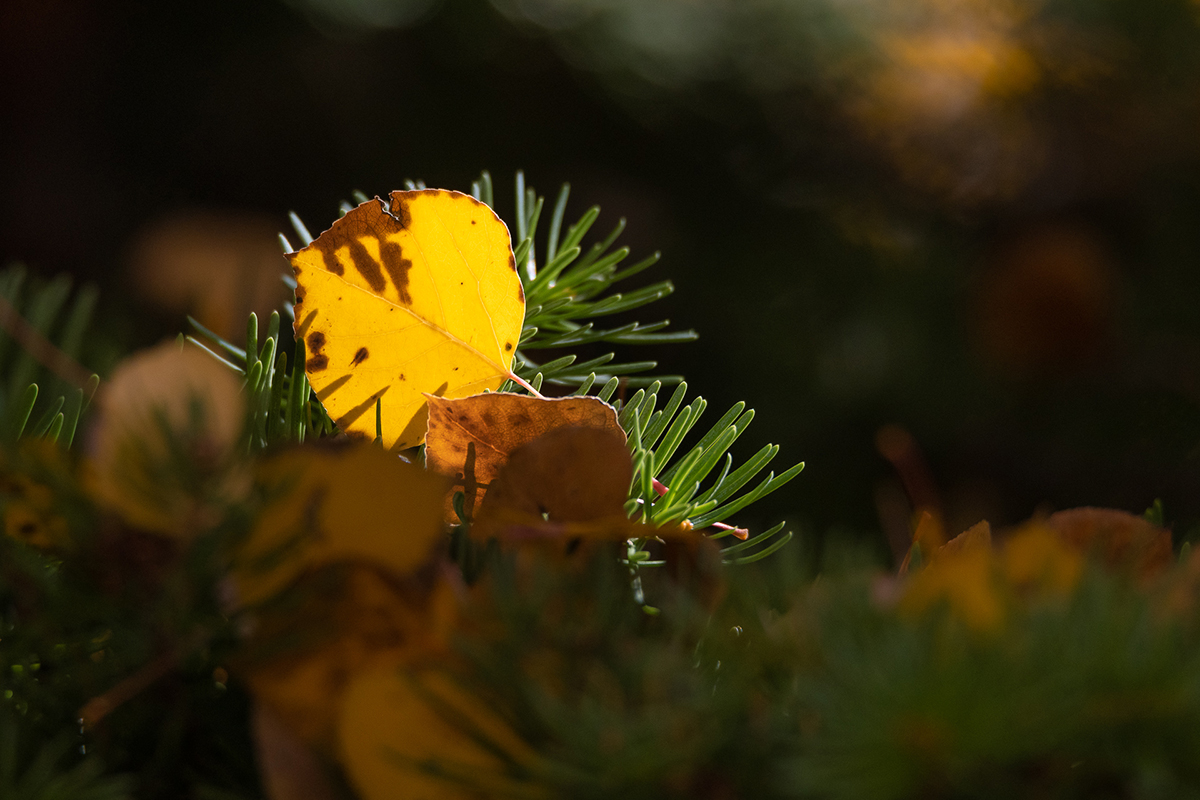A Telephoto Twist
Alyce Bender puts her own spin on nature and wildlife photography with her suite of Tamron lenses.
Share the article:
More Photo Tips | Video Gallery | Photo Gallery | Enewsletter sign-up
By Jenn Gidman
Images by Alyce Bender
Whether she’s scouting for pictures of wildlife, crafting landscape compositions, or creating nature abstracts, Alyce Bender is always looking closely for those details that will make her images stand out. “That could involve natural lines that draw the viewer into the photo, an animal’s texture, or out-of-the-ordinary colors that jump out at you—think flowers blooming on the Arctic tundra,” she says.
Because she’s never quite sure what she might encounter, Bender requires versatile lenses that can assist her in creating on the fly, and she’s got a telephoto trio that helps her do just that: the Tamron SP 150-600mm Di VC USD G2 for her DSLR, and the Tamron 150-500mm Di III VC VXD and 50-400mm Di III VC VXD for her Sony mirrorless camera.
“The biggest thing for me about using these high-quality telephoto lenses is that no matter which one I have on my camera, I’m ready for any type of photo,” she says. “It’s been a huge asset to have this set of variable telephoto lenses because you can do so much with them. These lenses aren’t just ideal for wildlife photographers, but for nature photographers in general.”
ALYCE BENDER’S QUICK TIPS & WILDLIFE PHOTOGRAPHY GUIDE
Explore beyond the obvious.
It’s not always the grand landscapes or straightforward wildlife shots that catch my eye. Try for a unique twist or angle on a familiar subject, like my close-up up here of an alligator’s face, with its eye more or less in the center of the frame. I was walking down the boardwalk when I spotted the massive 14-foot gator sunning itself directly underneath. I was able to safely stand right over it, so I pondered what I could do photographically. I was drawn in by the texture of its skin, so I zoomed in all the way to 600mm with my Tamron SP 150-600mm and focused on that. The detail this lens is able to capture is amazing.
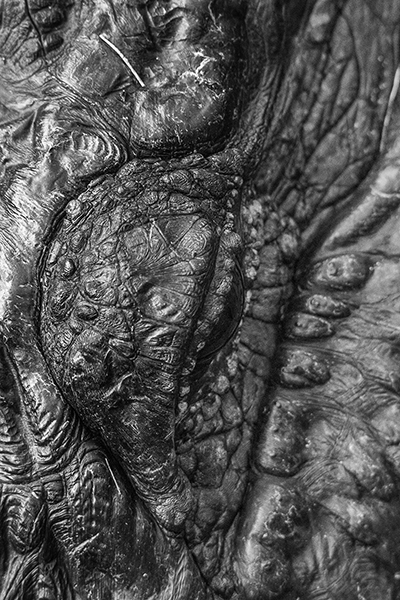
150mm-600mm (600mm), F7.1, 1/500 sec., ISO 4000
Click image to view larger
Shift your orientation.
Whether you tend to shoot more horizontally or vertically—and most of us do have a preference—break out of your comfort zone now and then and shoot the other way. I usually shoot vertically, so I have to consciously remind myself to shoot horizontally. Part of our growth as artists is to recognize how we view the world and the things in it, then work to break out of those biases. Working with my versatile Tamron lenses helps with this, because if I take my typical vertical shot, then decide to go for some horizontals, it’s easy to either zoom in or zoom out to create that new composition.
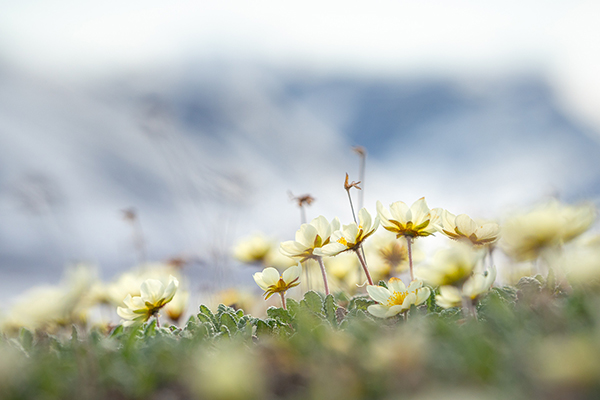
50mm-400mm (177mm), F9, 1/800 sec., ISO 320
Click image to view larger
Envision the visual story you want to tell before capturing the image.
I was strolling through an aspen forest when I spotted some yellow aspen leaves caught in an evergreen. With the way the light was filtering through, it reminded me of an old-time Christmas tree, where candles would be placed within the boughs. This scene looked to me like Mother Nature’s own little flame.
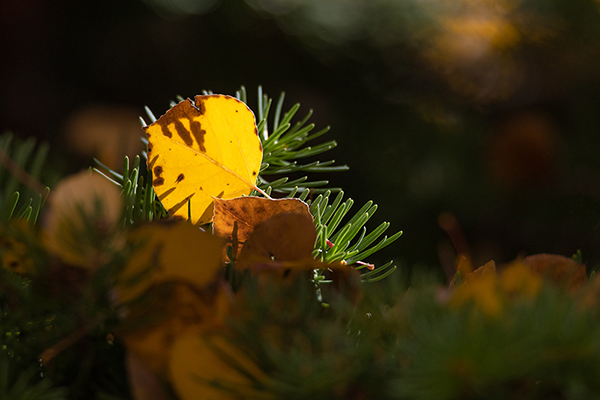
150mm-600mm (550mm), F6.3, 1/1000 sec., ISO 800
Click image to view larger
Using the 150-600mm seemed the best option to me here. If I’d gone with a wide angle, it wouldn’t have been as effective of a shot, because there simply weren’t a ton of backlit leaves to justify a wider photo. With this lens, I was able to zoom in to compress the scene, isolate that backlit section, and keep the image clean and vibrant.
Find the unicorn.
Seek out shapes, forms, and colors that juxtapose and complement the background for visually striking compositions. I was exploring in a Tucson park when I stumbled across a bunch of yucca plants in soft morning light. I loved how this one sword-shaped leaf was set apart on its own.
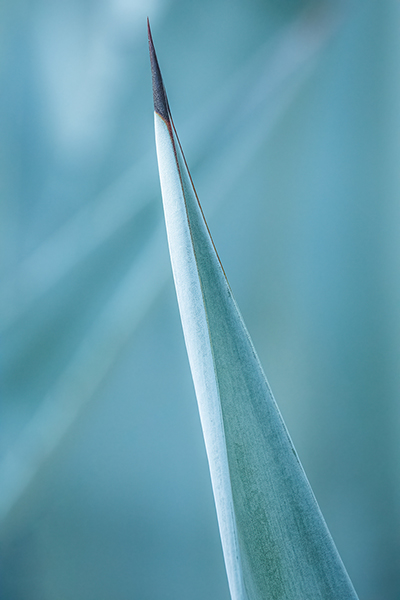
150mm-500mm (500mm), F7.1, 1/1250 sec., ISO 6400
Click image to view larger
Take advantage of your lenses’ macro capabilities.
This can unlock a whole new dimension in nature and landscape photography and show intricate details that might be missed from a more traditional perspective. In the Tetons, there are massive dandelions that go to seed right around fall foliage time, so I’ll spot them when I’m running fall tours up there. This was an early afternoon photo while my group was scouting for things to photograph.
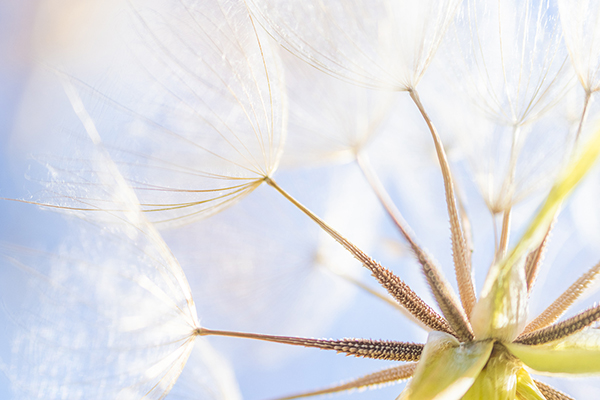
50mm-400mm (65mm), F5, 1/640 sec., ISO 250
Click image to view larger
Usually, however, people tend to shoot dandelions from above or at eye level. I got down onto the ground and shot up into the dandelion, to show the most interesting part of the flower. It’s those leading lines inside the dandelion “ball” that capture your attention. It’s almost like looking up into a dreamy snow globe.
To see more of Alyce Bender’s work, check out her website and Instagram.
Is your Tamron News subscription up to date? Click to subscribe to all editions of Tamron News featuring how-to tips, new product news, contest announcements and inspiration!
More Photo Tips | Watch Videos | Learn More About Tamron Lenses | Photo Gallery
